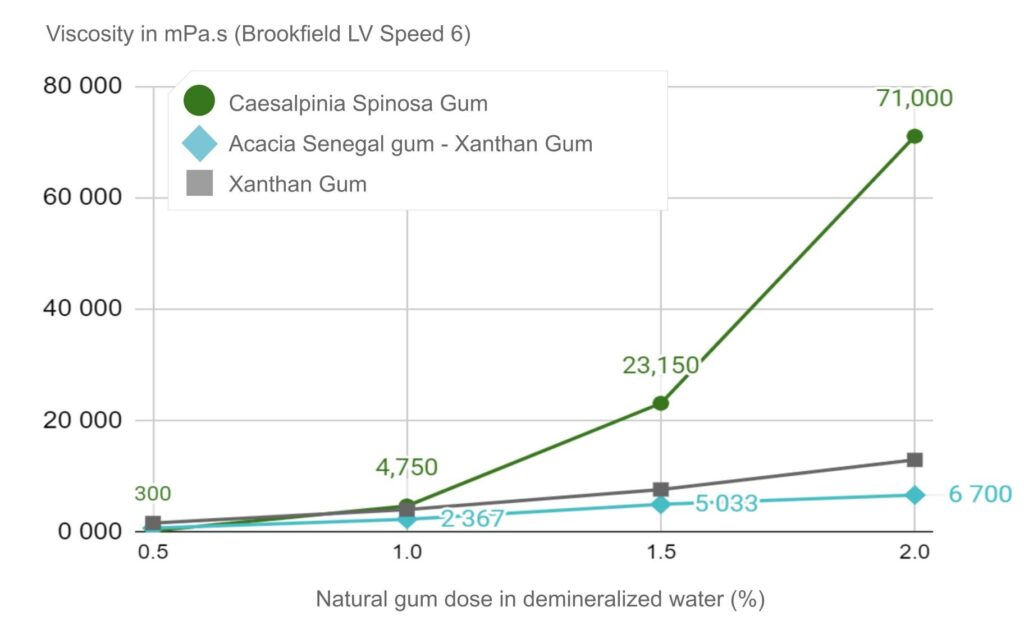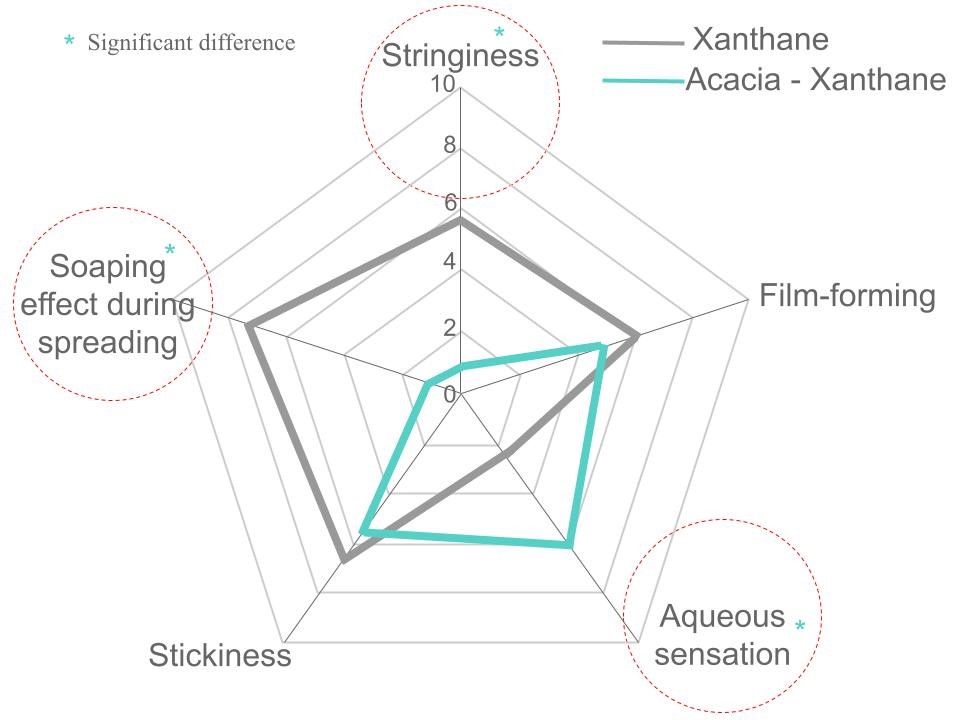
News & Press
Rheology modifiers and the sustainability challenge



05 January 2023
In cosmetic and personal care sectors, rheology modifiers are key ingredients. Indeed, they are present in almost all products, leave-on and rinse-off, including skin care cream, hand sanitizer and body wash targeted in the ENXYLASCOPE project. Their main role is to thicken and stabilize formulations but they can also act as texturizing agents and thus be critical to consumer perception.
Rheology modifiers are called so because they are often determined as the “driver” of the formula rheology profile. They have a direct impact on the formulation behavior in use, modeling for instance flowing out of a bottle or pick-up properties in a jar, spreading performance on skin or hair, immediate sensation and afterfeel. Consumer demand for sustainable products puts an increasing pressure on bio-based polymers, mainly represented by the polysaccharide family. Polysaccharides have been known for a very long time but they are now expected to have properties equivalent to synthetic polymers in terms of thickening, stabilization and sensory profile. In this context their diversity and possible combination is an asset to meet each of these challenges and adapt to the final application.
Among these natural polymers, xanthan gum, obtained by fermentation of sugars by bacteria Xanthomonas Campestris, is one of the most famous. As an illustration of how to achieve advanced performance, a new natural rheology modifier was designed by coating xanthan gum by acacia senegal gum using a specific spray-drying process. While retaining a similar thickening effect (Figure 1) and suspension capacity than xanthan gum alone, this tailored combination imparts sensory benefits with significant decrease in stringiness during pick-up, increase of aqueous sensation and decrease of soaping effect during spreading (Figure 2).

Figure 1. Thickening effect in water

Figure 2. Sensory profile of aqueous gels with 1.5% of polymer carried out on 15 expert panelists on forearm
The world of plant-based gums also offers interesting materials with a higher thickening effect than xanthan gum: this is typically the case of Caesalpinia spinosa gum (Figure 1). In addition, combinations of polysaccharides are known to provide thickening synergies.
With a view to achieving stabilization performance similar to synthetic polymers, with a 100% natural and sustainable solution, there is still a large margin for progress, especially when the purpose is to stabilize oils without adding surfactants. This is one reason why companies are always looking for new natural and sustainable resources, such as xylan, and sustainable processes.








